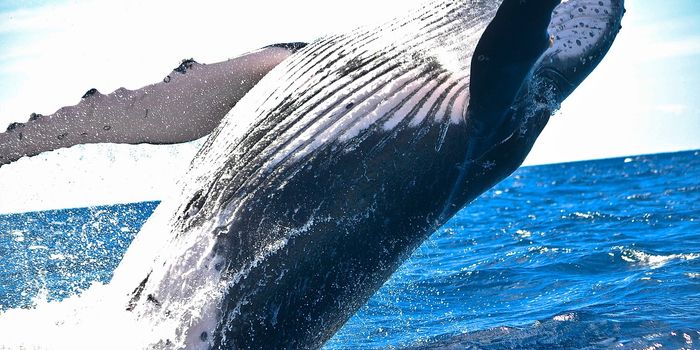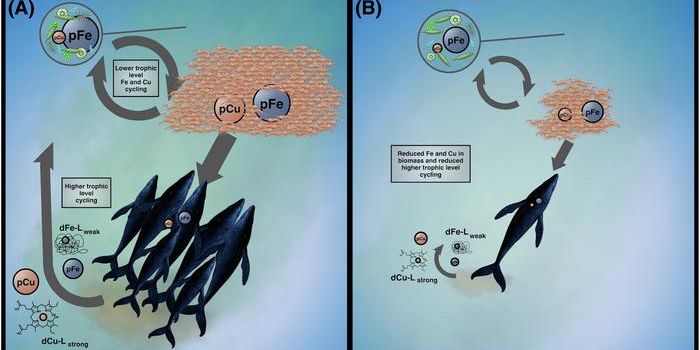New Polar Bear Conservation Plan Could Be the Last Chance to Save the Species
In a Conservation Management Plan released by the United States Fish and Wildlife service this week, climate change was unsurprisingly announced to be the single biggest primary threat against the existence of polar bears in the arctic.
Image Credit: Gellinger/Pixabay
The plan talks about the importance of saving the species, which has sadly become one of the most recognizable mascots of the effects of climate change, noting that other factors also impact their numbers, such as human-bear conflict, Alaskan hunting, and even those dangerous oil spills that happen from time to time among other things.
“This plan outlines the necessary actions and concrete commitments by the Service and our state, tribal, federal and international partners to protect polar bears in the near term,” Greg Siekaniec, FWS Alaska Regional Director, said in a prepared statement. “But make no mistake; without decisive action to address Arctic warming, the long-term fate of this species is uncertain.”
The plan calls for immediate action to start saving the species, which is currently listed as a threatened species as the fate of their place in this world remains vastly unknown.
The arctic is their happy place, where they can use the ice there to get close to the water’s edge and hunt for seals. Unfortunately, much of the ice is melting, causing it to crack and break away, meaning the bears are having a hard time getting to the seals that they like to eat, so instead, they starve.
“The current global polar bear population is estimated to be 26,000,” the Fish and Wildlife Service explained. “If greenhouse gas emissions continue to rise at the current rates throughout the 21st century, polar bears will likely disappear from much of their present-day range.
While figuring out what we can do to save the species is no easy task, the plan comes up with some ideas for what we can do to help slow down their demise, hopefully giving their numbers a chance to rebound.
While not everyone on the planet agrees with climate change, there is irrefutable proof that it’s happening and at an alarming rate. It would be horrible to see these creatures suffer a fate that could have been prevented.









